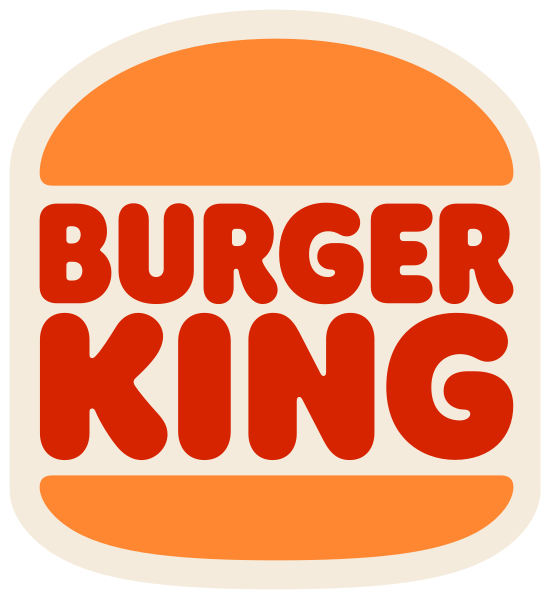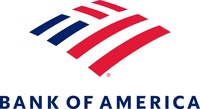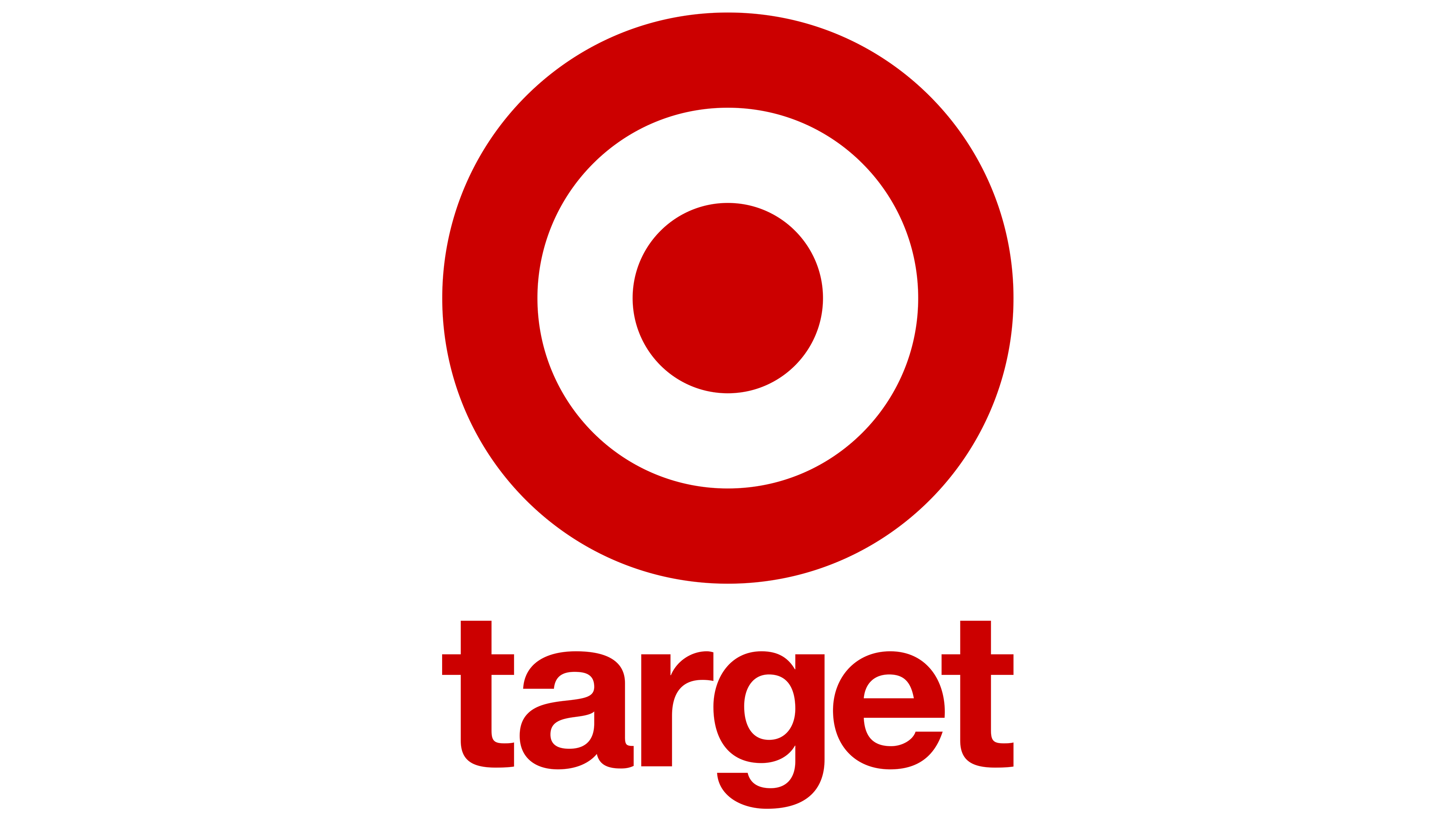Knowing what to focus on during the logo design process is crucial for success.
Understanding logo design principles as a small to midsize business leader is important whether you want to create a logo yourself in-house or hire a logo design agency.
By understanding the fundamental principles of this process, you’ll be able to design a logo that will represent your brand identity and resonate with your audience in a way that leaves your business top of mind whenever they have to make a purchasing decision.
What is logo design?
Logo design is the process of creating a “brand mark” for your business. This can range from the typography that you use to any graphic element such as icons or the lock-up of both the type and graphical elements together. lt’s an aspect of your brand identity that you want to be immediately identifiable and resonate with people when they see it.
It can be a representation of your values as a company or can evoke specific images that you want people to associate with your brand. The logo is usually the thing people think of first whenever they think of your company.
For more tips about how to design a logo that will stand out, check out this helpful video guide.
What are the basic principles of logo design?
Effective logo design principles highlight what your company is about. They will give your logo the right feel, such as friendliness, elegance, strength, maturity, or even trustworthiness. Having a good understanding of basic logo design principles will help you get those things across at a glance.
The importance of applying logo design principles to your logo
Whether you’re using an in-house graphic designer, a third-party logo design agency, or designing it yourself using graphic design software, it’s crucial to have a grasp on the basic principles of good logo design when going into your design process.
The better you understand these principles, the more able you will be able to translate and collaborate with your logo designer or brand agency to ensure you create the most effective logo possible.
Without a clear grasp, you risk spending money on creating a brand mark that doesn’t resonate with your audience and might even turn certain customers away.
Design principle #1: Keep the design simple
When designing your logo, a less-is-more strategy is often more successful than not.
Oftentimes, novice logo designers will design logos with too many elements or design effects applied to it. For instance, the logo might have a drop shadow and a gradient and a bevil. They might go into their design tool of choice and apply as many effects to it as possible.
Oftentimes, that will complicate and muddy your logo. The best logos are simple, yet effective, and can work whether they have effects or are flat (meaning they have no gradients or other effects).

An example of a Burger King’s simple logo design[1]
Another common mistake novice logo designers make is mismatching fonts or using the wrong combination of fonts alongside the icon that is being used in the logo. To illustrate, let’s say you use an elegant font alongside a playful or childish icon. This combination creates a confusing message to potential customers about your business.
You can also use too many fonts in a logo. Ideally, you find one that you like and stick with that, but don’t do more than two, and always make sure that if you bring in a second font that it’s used very intentionally.
/ Tip
When working with your designer, have a clear understanding of what imagery you want your logo to evoke at first glance. Find a typeface that represents your brand identity and messaging well, and be sure not to include too many complicated elements. You want to ensure that your logo can stand on its own no matter how a consumer interacts with it.
Design principle #2: Make it memorable
If there is something unique about your business, especially within your industry, you should ensure your logo plays off that fact. Looking at other companies’ logos in other industries for inspiration can help you find different ways of being memorable in your own space.

A more classic example of a bank logo[2]
For instance, when you look at bank logos, most of the older, more established banks are going to be elegant because they’re a serious business—they’re holding your money. They’ll typically use a lot of reds and blues in their logos and branding.

A more modern example of a bank logo[3]
But newer banks, such as Ally, have started going against the grain. Their primary color is purple, their font is very chunky and retro, all of which is very unusual in this market. These differences help to differentiate them from other banks in their industry, and by doing so, it makes them more memorable.
/ Tip
Think about what you want your logo to represent. Don’t just think about the elements you want to include, but think about the way that they’re included. For instance, if you’re a handyman, you might want to evoke the image of a toolbox or of a certain type of work being done. That doesn’t necessarily mean you have to include a stock picture of that tool; the shape of your logo can evoke the image of, say, a screwdriver in some fashion which will be much more memorable. You can work with your designer or service provider in order to come up with the best option that works for your brand.
Design principle #3: Experiment with typography
A good logo doesn't necessarily have to have some sort of picture or imagery. They can also be effective by using text only, so it’s important to look at a bunch of typography options. Some of the most effective brands only use typography for their logo, such as Tiffany & Co.

An example of a memorable logo using only typography[4]
Whether they're free from a place such as Google Fonts, or ones that you can actually purchase, finding one that you really love is worth the investment.
Think about what kind of typography matches your company’s ethos, whether you're using an image with it or not. Serif fonts tend to be a little bit more elegant or more mature—you might think about finance or luxury items, whereas a Sans Serif is a little bit more youthful, modern, or more approachable. A bold font is going to assert more strength, whereas a light weight font might be a little bit more ethereal and elegant.
Don't worry too much about finding a font that is a perfect fit. Look at the options, and see which ones you feel match your business best.
/ Tip
Make sure to look at a wide variety of fonts—download them and try out your company name with each font. Start pulling different fonts and typefaces in and put them next to your iconography to give yourself ideas of different directions you can go.
Design principle #4: Ensure it's scalable
One thing that you might not think about is the scale of your logo design. Your logo might look great at billboard size, but it's too small when applied to a business card. Or perhaps the font is not super legible, or there are too many words. The icon might get muddy or too difficult to make out what the symbol is when it’s smaller. It all goes back to the fact that simplicity is key.

An example of a scalable, instantly recognizable logo[5]
You also need to make sure you know what your logo will look like both digitally and in print. Chances are, you designed your logo using a graphic design tool of some sort, so you know it will look good digitally. It’s important to note that sometimes the colors you choose might resonate great on a screen, but when they’re printed, a design element might get lost in translation.
Knowing what colors look good both digitally and in print is crucial when making a scalable design.
/ Tip
Work with your designer or service provider to improve scalability. You want to design different lock ups of your logo. Can the logo design be horizontal? Can it be vertical? Is the text above? Is it to the side? Can you do it both ways? Your logo will be more scalable if you have different versions of it depending on the application.
Design principle #5: Try it in black and white
It’s important to make sure that the logo works well in color and in black and white as well as reversed out, which means that your logo is created to look good against backgrounds that are textured or have different colors.

An example of a classic black and white logo[6]
For instance, let’s say you're a veterinarian and your icon is a cat and dog, and you have them in blue and green with the green cat over the blue dog. If you change the colors to black and white, the cat and the dog will merge into one thing which will make its shape impossible to identify and will lead to confusion. A solution to this problem would be to have a version of your logo with either the dog in black and the cat in gray or to outline the cat in black and leave the interior white while making the dog solid black.
Printing just a plain black and white version of something will often save you money on merchandise. It’s important to know that if your logo relies on color to make sense to someone seeing it for the first time, it’s going to be less flexible.
/ Tip
When working with your designer or service provider, be sure to test what your logo will look like in monochrome before you finalize it because your logo will appear in black and white far more often than you imagine. If it’s being printed with a black-and-white printer, or if you’re partnering with another brand that insists on using black-and-white branding, you will want to make sure you have an option that will represent your brand well.
Design principle #6: Focus on balance
Balance is one of the more important things to get right when designing a logo. Let’s say your logo has an icon on the left and some text on the right. If the icon is so big that it’s overwhelming the text, your logo will be imbalanced. It might look right at a certain scale, but once you begin to scale up or down, you will lose balance and symmetry.
You want to think of your logo like a seesaw. You want your typography and iconography to be in balance with one another at all sizes and scales. You want every part of your logo to be equally weighted if possible.

An example of a balanced logo[7]
/ Tip
Work with your brand agency or graphic designer to ensure that any graphical element and typography are working together on a seesaw. If one part of your logo design is off-balance, you risk your consumer being left confused or even unsettled because the human brain recognizes patterns and loves symmetry.
Utilizing these logo design principles will help your business stand out
By internalizing and executing on these logo design principles, you’ll be able to communicate and collaborate with your design team or hired brand agency to execute on good logo design for your size and budget.
Stick to these principles and keep things simple, and you’ll be ahead of the curve when it comes to logo design.
And if you want some more help with branding for your business, Capterra’s got you covered:
